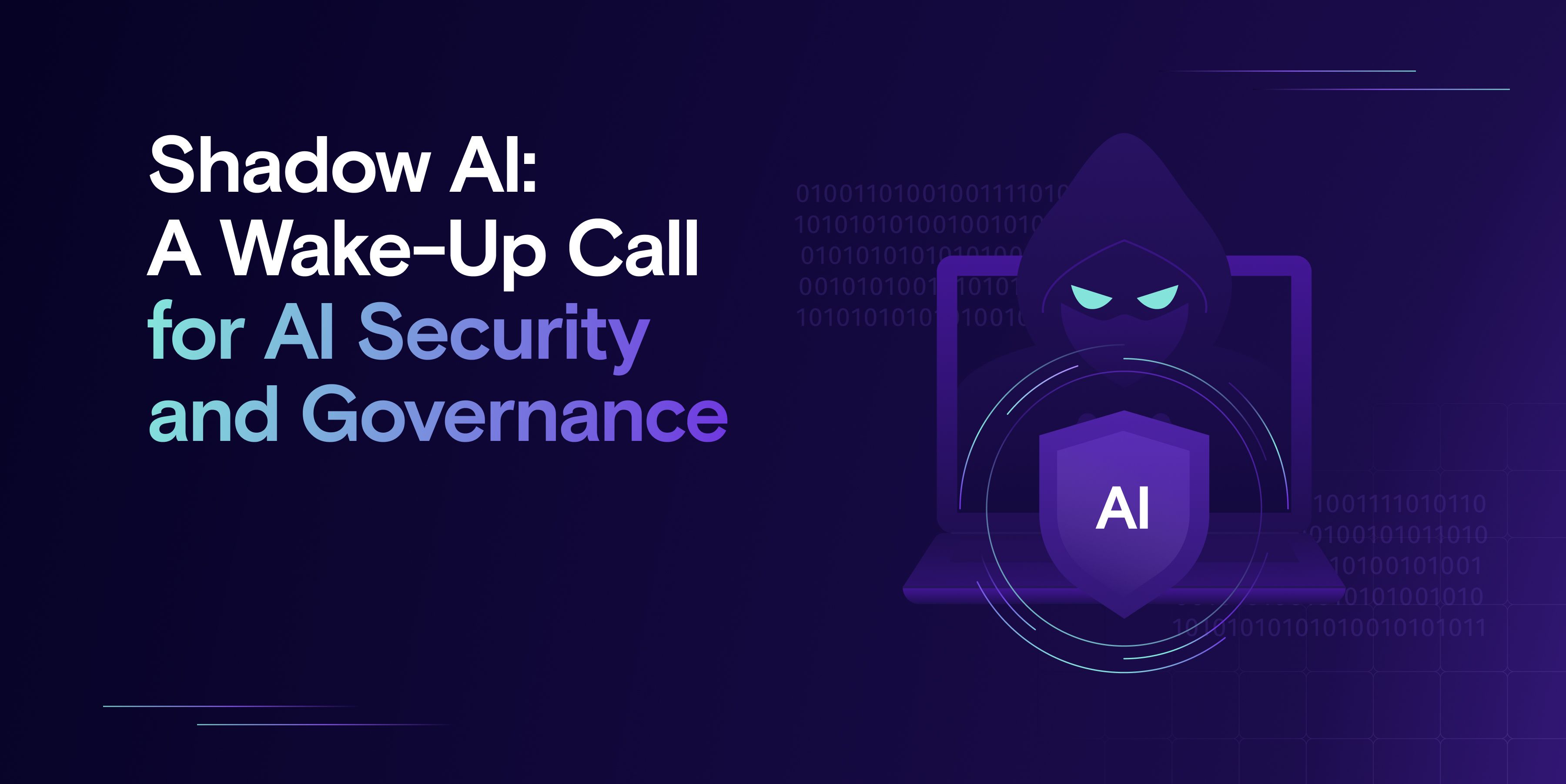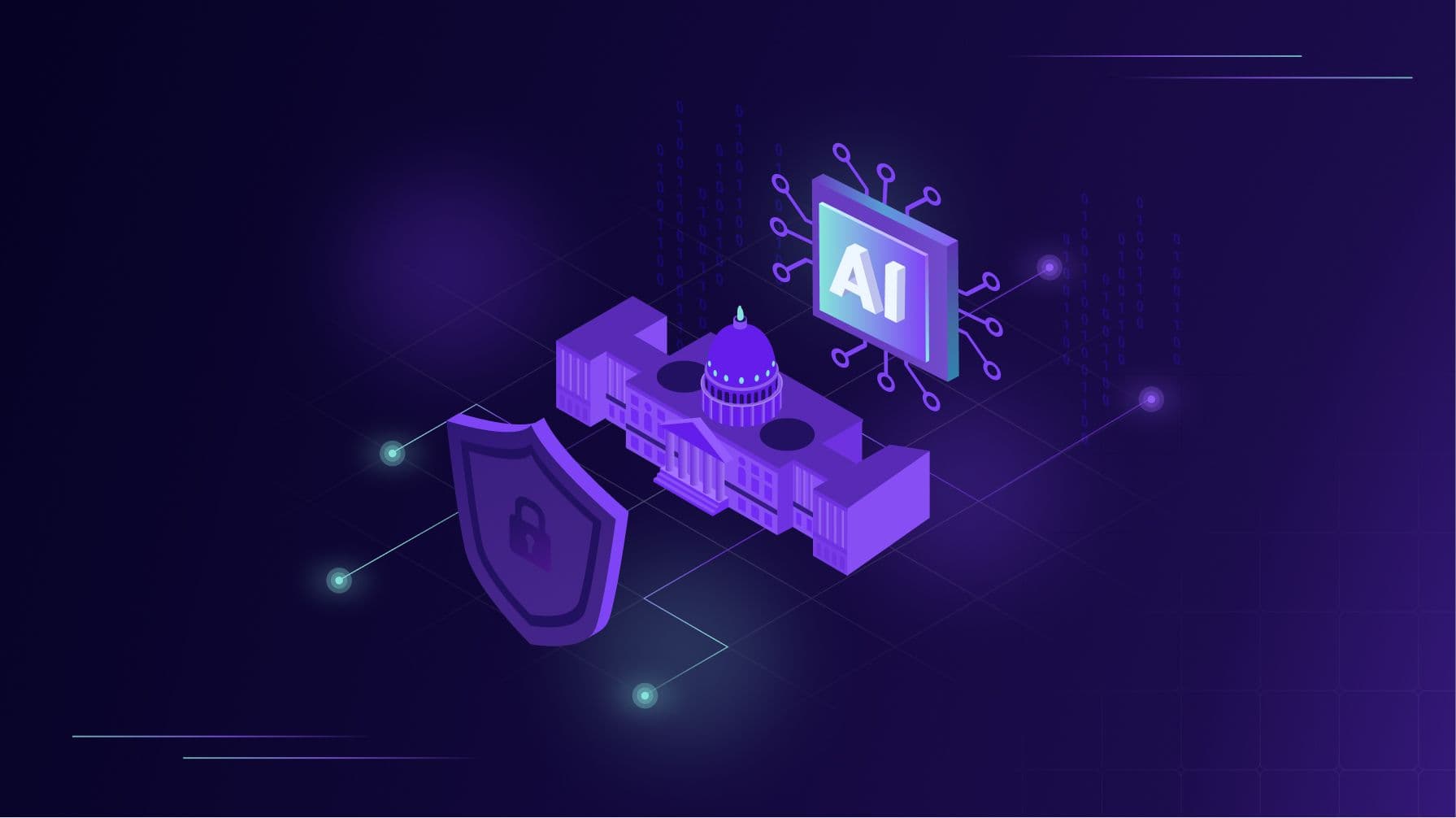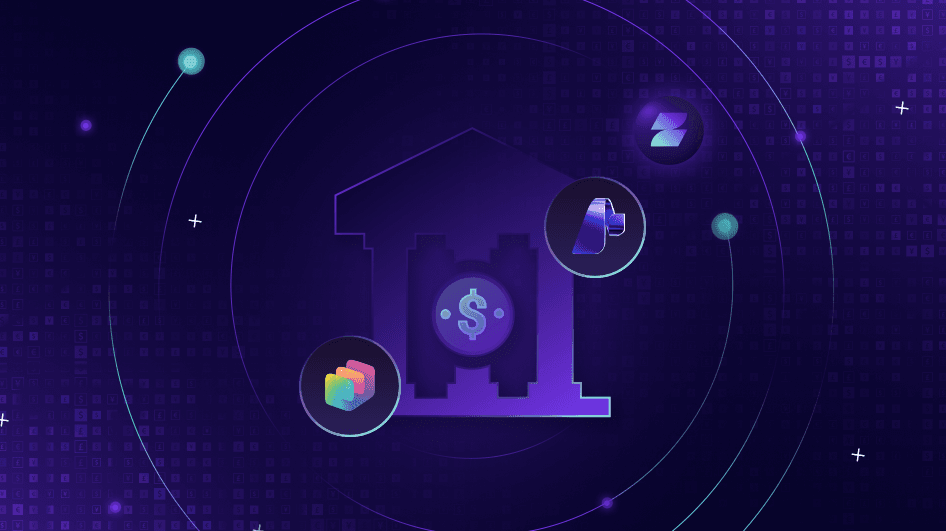Shadow AI: A Wake-Up Call for AI Security and Governance

In the ever-evolving landscape of technology, the allure of AI tools and agents is undeniable. They promise enhanced productivity, innovative solutions, and a competitive edge. With more tools and platforms available that democratize the usage and creation of AI systems, there is a surge in AI tools that are being built, customized, and deployed for business operations. However, the gold rush for AI comes with significant risks that cannot be ignored.
The Inherent Risks
Across the enterprise, employees are increasingly downloading, building, customizing, and using AI agents and platforms independently, often without the necessary checks and balances from security or IT departments. With open source platforms like GitHub and Hugging Face, as well as low-code/no-code agentic platforms like Microsoft Copilot Studio and ChatGPT Enterprise, anyone can download available AI tools, as well as create their own to be used for business tasks. However, this type of sprawl inherently contains a unique but familiar challenge.
This phenomenon, known as 'shadow AI,' poses substantial security risks. These unapproved tools are bypassing traditional security measures, leading to potential breaches and productivity losses.
Why Does This Matter for Enterprises?
The dangers of Shadow AI are multifaceted:
- Security Breaches: Unapproved AI tools can introduce vulnerabilities, allowing malicious actors to exploit them and gain unauthorized access to sensitive data.
- Governance Gaps: Without proper oversight, it is challenging to control who uses what tools within the enterprise, increasing the risk of misuse and data leaks.
- Operational Disruption: Attacks can lead to significant operational disruptions, including the discontinuation of valuable tools, further inhibiting productivity.
Guidance for Security Leaders to Manage Risks of Shadow AI
At Zenity, we understand the human tendency to gravitate towards 'shiny AI objects'—tools that appear interesting or offer perceived value. However, security teams need robust mechanisms to ensure that these agents, apps, automations, and tools are secure as they are integrated into the organization.
Zenity provides end-to-end security for AI agents, enabling our customers to secure and govern AI agents across the enterprise, including those that may be hidden from view. Our platform combines:
- AI Observability: Identifies all AI agents being built and used throughout the enterprise.
- AI Security Posture Management (AISPM): Triggers policy violations, flags tools with excessive scope or permissions, detects third-party components and custom code, and identifies tools with missing metadata that suggest shadow AI.
- AI Detection & Response (AIDR): Flags when prompts bypass intended usage and detects unauthorized data access.
Conclusion
The rise of shadow AI serves as a critical reminder of the need for strong security and governance in the age of AI. As hackers exploit the widespread adoption of AI tools, enterprises must be vigilant in securing and governing these technologies. Zenity is committed to helping organizations navigate this complex landscape, ensuring that AI agents are used safely and responsibly.
By adopting comprehensive security measures, enterprises can protect themselves from the unintended risks associated with shadow AI, safeguarding their data, operations, and productivity. Let's work together to secure the future of AI-driven innovation.
All ArticlesRelated blog posts

The Genesis Mission: A New Era of AI-Accelerated Science and a New Security Imperative
Innovation has always been the engine of American advancement. With the launch of the Genesis Mission, the White...

Considerations for Microsoft Copilot Studio vs. Foundry in Financial Services
Financial services organizations are increasingly turning to AI agents to drive productivity, automate workflows,...

Claude Moves to the Darkside: What a Rogue Coding Agent Could Do Inside Your Org
On November 13, 2025, Anthropic disclosed the first known case of an AI agent orchestrating a broad-scale cyberattack...
Secure Your Agents
We’d love to chat with you about how your team can secure and govern AI Agents everywhere.
Get a Demo